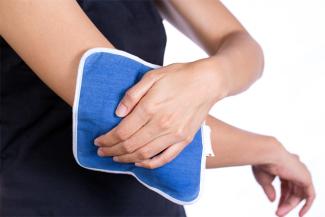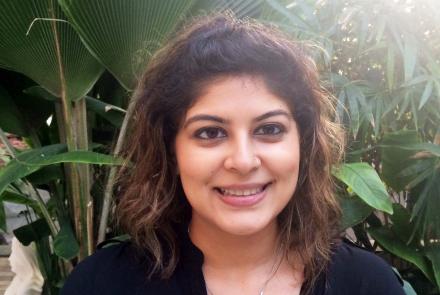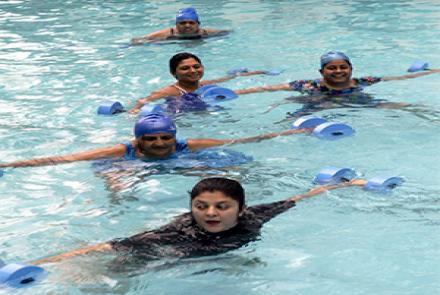Chiropractic care has been successful in treating sciatica, slipped disc, neck pain and low back pain, besides being good for babies with colic and senior citizens with arthritis, informs chiropractor Dr Ismat Kanga.
Many people don’t understand what a chiropractor does. What exactly does your work entail?
Chiropractors treat disorders of the musculoskeletal system and the nervous system, and the effects of these disorders on general health. Chiropractic care is…

Are you confused as to when to use Ice Pack and when to use Heat to deal with pain, injury and inflammation? This infographic below sums it up quite simply.
According to Dr. Bhuvaneswari, a quick guideline to follow is:
Ice pack is preferred if it is a recent and acute pain episode especially injury which may be a blood clot, muscle tear or tendon tear. For instance most sport and exercse injuries.
Heat or warmth for Chronic pain with stiffness, especially joint related pain as in Arthritis.
And watch out for Paraffin wax treatments. They can cause burns as well.

For the options of heat and ice packs and other tips, refer to the full article at https://health.clevelandclinic.org/2014/08/should-you-use-ice-or-heat-for-pain-infographic/amp/
Changed
02/Nov/2017
















